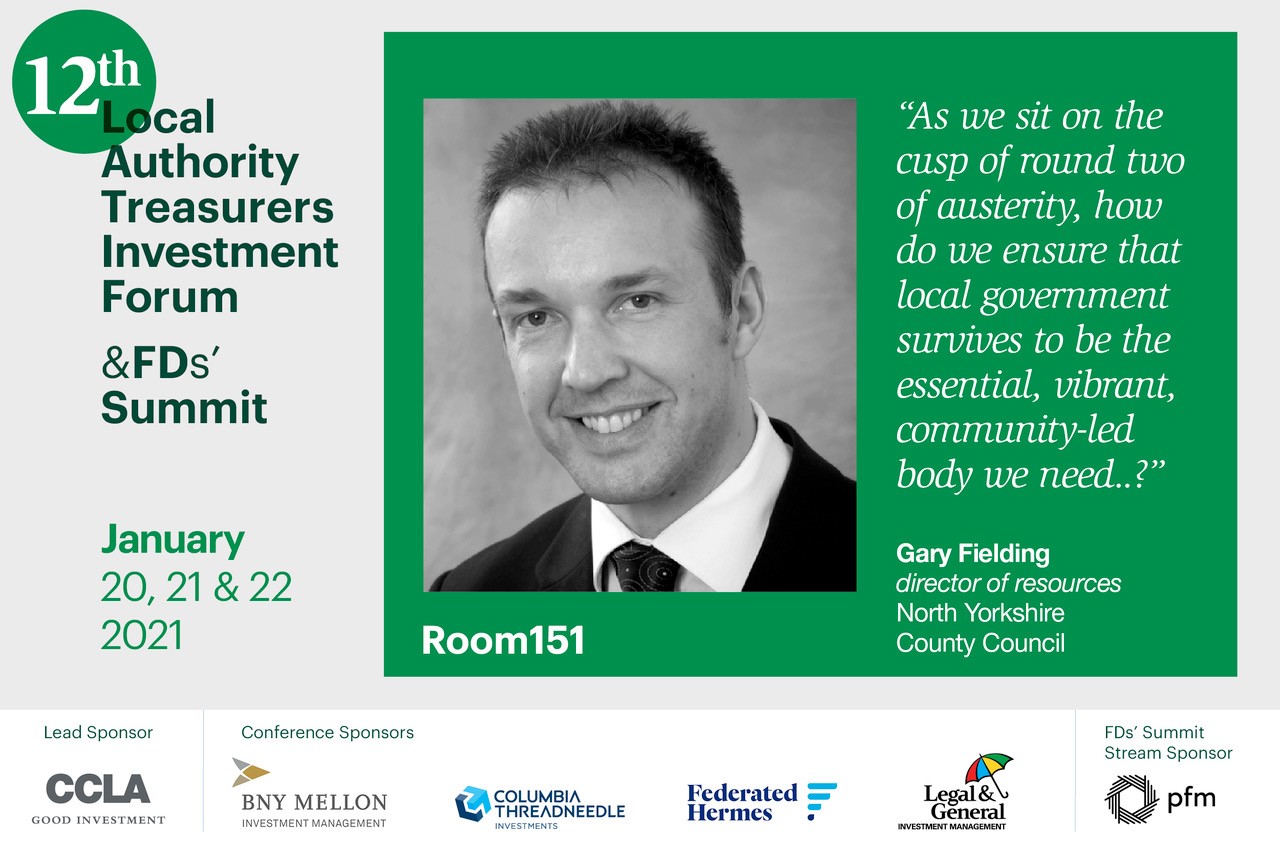
The consultation on PWLB borrowing has concluded creating a new landscape for funding property acquisition. Our experts look at the implications.
Tracie Langley
The spending review heralded the outcome of the recent PWLB consultation. This consultation was as a result of what the government deemed as inappropriate use of the low borrowing rates that the PWLB offers local authorities.
The PWLB has for years provided local authorities with easy access to borrowing with rates that were generally lower than the market to fund needed local infrastructure for the benefit of communities.
More recently some authorities started to use the low PWLB rates to fund purely yielding assets in order to provide income to supplement budgets that were under pressure after years of austerity.
Boundaries were pushed further when yielding assets began to be purchased outside of local authority boundaries, reducing the link between the actual asset and the local area.
The finite limited resources of the PWLB, instead of funding local infrastructure, were increasingly used to finance income yielding assets such as shopping centres and hotels that had no link to an Authorities community and in an economic crisis, could turn toxic.
The government objected to this and immediately increased PWLB rates by 100bps to disincentivise this activity, unfortunately the increase also applied to the cost of borrowing for much needed local infrastructure initiatives.
This was not all negative as it allowed for some alternative providers to enter the market as well as increased activity in the local to local market. But realising the PWLB rate increase was a blunt method of dealing with the issue the Government launched a consultation on revisions to the PWLB.
The outcome is a set of rules for the use of PWLB that prevents borrowing for purely yielding assets and reversing the 100bps increase. This is good news for Local Authorities providing another competitive way of funding borrowing for the much needed investment in their local community.
Tracie Langley is chief operating officer at Cornwall Council.
Chris Brain
I look at this question through the lens of commercial property investment, which will remain a necessity for many. Authorities need to know what they can still do. No set of rules or guidance can ever be watertight, especially at the first iteration. Below are my Top 5 opportunities.
The proposed new guidance does leave gaps to be exploited, should the s151 officer be minded to do so. That will come down to risk and conscience.
The key to the PWLB guidance is what the investment is primarily for, given that many projects will straddle the boundaries of the categories.
If you have any projects that are primarily for yield then borrowing is simply not available to you. But that does not prevent you from borrowing for projects that are primarily for other purposes, which also happen to generate a financial yield.
So, what other opportunities are there?
- Sweating your existing “legacy” commercial property portfolio and operational portfolio, spotting opportunities where an injection of investment could generate greater yields;
- Borrowing to build yield-bearing investments on existing local authority land;
- Buying “yield” projects where you intend to inject further investment beyond the initial purchase price, e.g., through refurbishing or re-purposing;
- Borrowing to buy, or build new service assets, and re-purposing the existing redundant assets into “yield” assets;
- Assembling land for development.
There remain opportunities to invest and to generate investment income. Authorities may need to be smarter, identifying investment opportunities beyond simply going to the market and buying investments off the shelf or that deliver primary outcomes other than yield.
Chris Bain is founder of Chris Brain Associates.
Nick Keeling
After waiting four months, the PWLB consultation response was published and new rules implemented overnight. At least we were given a few hours’ notice this time, and Arlingclose was fortunate to be able to discuss the nuances of the guidance with HM Treasury shortly after publication.
The basic message from HMT: lower rates for legitimate spending, and don’t bother applying for anything else. But delve into the guidance and try to apply it to the myriad different schemes in which LAs get involved, and the grey area unsurprisingly starts to expand. HMT has sensibly delegated responsibility for navigating the fog to the professional judgement and integrity of others, namely s151 officers.
So, what are the next steps? The immediate requirement for finance directors is to affirm or change the capital plans submitted to access the certainty rate. HMT is using this submission as the basis for PWLB access and it is to these plans that the new buying investment assets primarily for yield question will be applied (PIAPY). When considering plans there appear to be a number of steps to take.
Firstly, categorising the schemes within capital plans, flagging those that are or could be perceived as PIAPY. Most will already have taken this step and removed questionable plans, and have immediate access to new PWLB loans.
Where these schemes can’t or won’t be removed, or where they are firmly ensconced in the grey area, the financial exposure of not being able to access the PWLB needs to be established. This could cover refinancing needs, internal borrowing capacity, liquidity risk, but ultimately it is the cost of complying or not complying.
Are there any choices we can make to mitigate these risks? Changing the project scope, for instance, to legitimately incorporate it into a service need or a regeneration scheme. Perhaps looking at timing, or maybe borrowing in a way to reduce the potential costs of enforced PWLB repayment.
And consider the alternatives to the PWLB. Let’s not forget that most LAs have coped perfectly well without PWLB borrowing for the past 12 months. While these have been abnormal times, we do not expect a liquidity drought in the LA to LA market and private sector funders may find that new PWLB rates are not unmatchable.
Nick Keeling is client director at Arlingclose.
Photo by Étienne Beauregard-Riverin on Unsplash.
FREE monthly newsletters
Subscribe to Room151 Newsletters
Monthly Online Treasury Briefing
Sign up here with a .gov.uk email address
Room151 Webinars
Visit the Room151 channel














